How Mitali Bhasin Converted a Fashion Writing Vocation Into a Product Design Career
From writing for a magazine to designing product interfaces, how one young professional upskilled herself into a brand new career path.
Mitali Bhasin recently began her new job at Facebook in London as a Product Designer. After moving from India to London during the COVID-19 pandemic and working for the startup Converge as a Product Designer, it was time for a change.
But Bhasin is no stranger to change. Just a few years prior, she was writing for Harper’s Bazaar and Grazia Magazine as a fashion journalist. So what drove this young creative mind to switch her career path altogether?
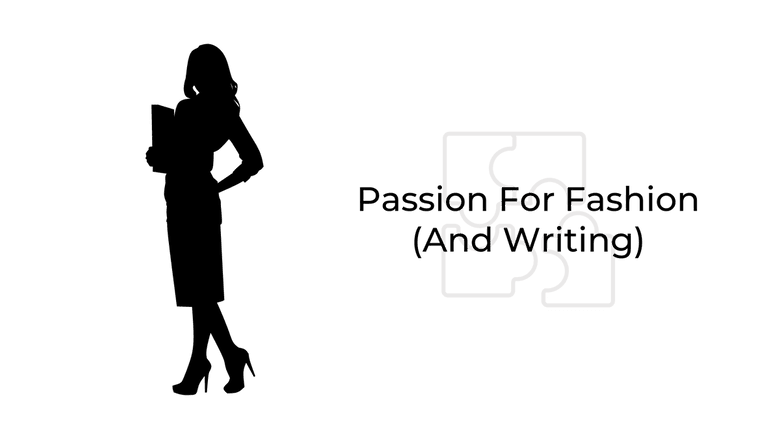
Bhasin was born in India and grew up all around the country, owing to her father’s job.
“I lived everywhere from small to big cities, which shaped most of the perspective I have about [user-centered] product development and solving problems [today],” she said in a Zoom interview.
Since she was young, she knew she had an affinity for writing and storytelling. She said her talent may have been destined even before she was born.
“I believe a certain type of writing streak travels in my family because my grandpa used to compose poetry,” she recalled. “My father has written four books in English, although it is not his first language.”
As a teenager, Bhasin enjoyed writing fiction. She remembered the time when she first started working on her novel, “I’m in Camp: Get Me Out of Here.” With the encouragement of her parents and her own self-drive, she finally published her novel at the age of 18. The novel continues to be read by youth around the world.
“Even today, sometimes I get emails from young students and their parents with a thoughtful book review.”
Soon after publishing her novel, Bhasin enrolled in and attended India’s National Institute of Fashion Technology (NIFT) in 2009. Here, at design school, she discovered a newfound passion for the arts.
“We were taught art and fashion history as part of the degree,” Bhasin said. “It piqued my interest, and that’s when I felt that maybe someday I would want to write about [the subjects].”
Naturally, Bhasin found herself combining her love for writing and her new passion for fashion by pursuing fashion journalism.
“Back then, it seemed like the obvious answer,” she said. “The idea of researching fashion and writing about it is what led me to fashion writing.”
Bhasin graduated from NIFT in 2013 with a Bachelor’s Degree in Fashion Communication. Her first job out of college was at The Times Group, where she worked for Grazia Magazine as an Editorial Assistant. There, she conducted interviews and wrote feature articles, including a piece celebrating the 100th birthday of the t-shirt.
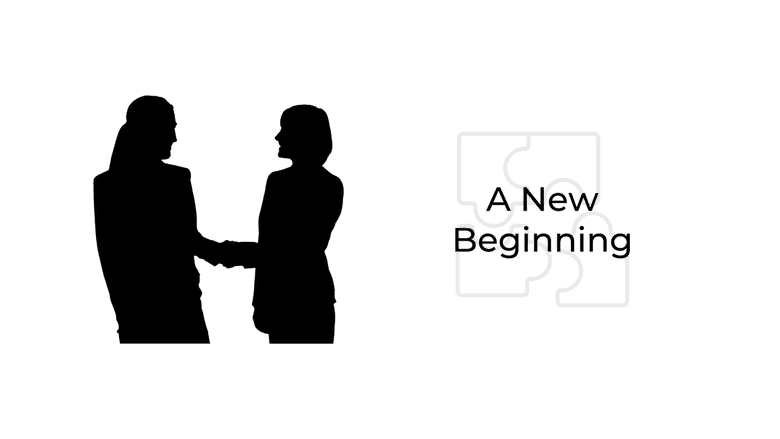
Before long, Bhasin began to retrospect about her chosen career path in fashion writing.
“I felt that [the work] was mildly repetitive and not fulfilling for me,” Bhasin said. “Of course, fashion changes … it definitely evolves as an industry. But I think on a day-to-day basis, one tends to do very similar work. That sort of repetitiveness made me feel, at my core, that [I wasn’t] going to specialize beyond a point in writing.”
Yearning for something more challenging, Bhasin pivoted to UX design. During her time at design school, she had learned the basics of graphic design and visual art, which led her to believe that the industry switch wouldn’t be too challenging at first.
“It was a growing field at that time when I transitioned,” Bhasin recalled. “I thought that I could probably transition through a certification course or perhaps a degree.”
Quickly, she learned that this transition would not be easy. However, she remained set on her goal of entering product design.
“The true push came from the fact that tech was growing quickly, and that there were many opportunities,” she said.
Bhasin began reaching out to people in the field to gain more knowledge and solidify her career change. She remembers networking and obtaining mentors to be much more challenging in 2013 than it is today.
“Back then LinkedIn was not as popular as it is today, so I did not have access to so many people and getting to see how they paved their career paths,” Bhasin said. “In fact, I had to reach out to students who were studying in some of the [Ivy League-level] schools around the world … I would ask, ‘Hey, can you tell me how you did this? What are you learning, and what are the possibilities in front of you?’”
For months, Bhasin balanced working at Grazia, cold emailing potential mentors, and pondering whether or not to go all-in on this decision to pursue product design. Finally, with her tenacity and with guidance and support from some peers and mentors, in 2014, Bhasin was accepted into the Indian Institute of Technology (IIT) to study interaction design, UX research, and visual communication.
Looking back at this turbulent time in her life, Bhasin said she had very little doubt or regret in making this leap.
“It was more like, ‘what’s at the end of this?’” she said. “I did think, as a backup, perhaps I could try taking a u-turn and go back to [fashion writing], though I didn’t want to.”
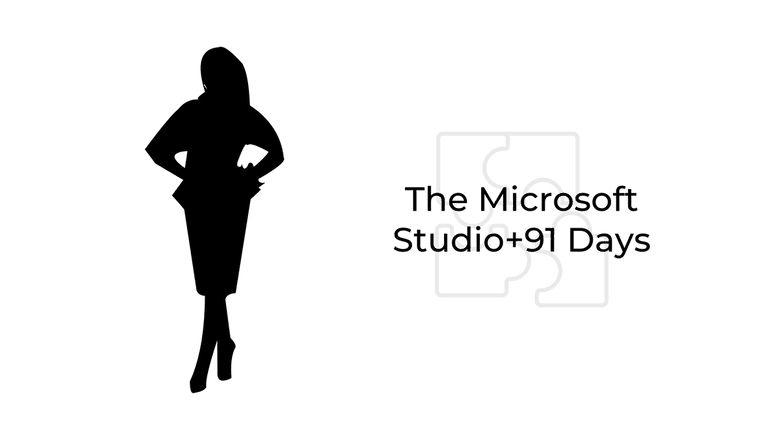
While studying at IIT, Bhasin landed an internship at Microsoft India, where she joined the company as a UX design intern at Studio+91 in 2015.
“[Studio+91] is like a microcosm of design in Microsoft India where they bring together designers from varied backgrounds working for different Microsoft products,” Bhasin explained. “There are conferences, design meetups and show-and-tell events …so this culture of engaging with designers from all teams, talking about design, felt like going back to university again!”
While in her second year at IIT, Bhasin completed her thesis project by working on a project with the Visual Studio team, where she discovered a new interest in enterprise products.
“I grew into [the subject] with a curiosity about how these products were conceptualized and created, and as I dug deeper I saw that there are so many innovations within this little world,” she said.
Upon completing graduate school, she continued to work at Microsoft, starting as a UX Designer for Bing Search.
“Starting my professional career with Bing broadened me a lot. The team was filled with excellent designers who were creating for different domains within search,” Bhasin said. “I also worked with engineering, product management and UX researchers and that gave me a well-rounded perspective in my early years.”
Eager to dive deeper into enterprise products, Bhasin then moved to Microsoft Office with the SharePoint team.
“I was lucky that I was with a company like Microsoft that encouraged this kind of movement and the consequent growth,” she said. “With a big company, you also get mentorship. You can connect with designers from other teams and learn what they’re doing and fuel your curiosity.”
Looking back at her time at Microsoft, Bhasin said she imbibed the value of teamwork.
“The greatest thing I learned was that the sheer joy of work comes from the people, not from the projects,” she said. “The work will take shape in due course, you will put your all into it, but you can only do it well when you have the right people around you. It makes a big difference.”
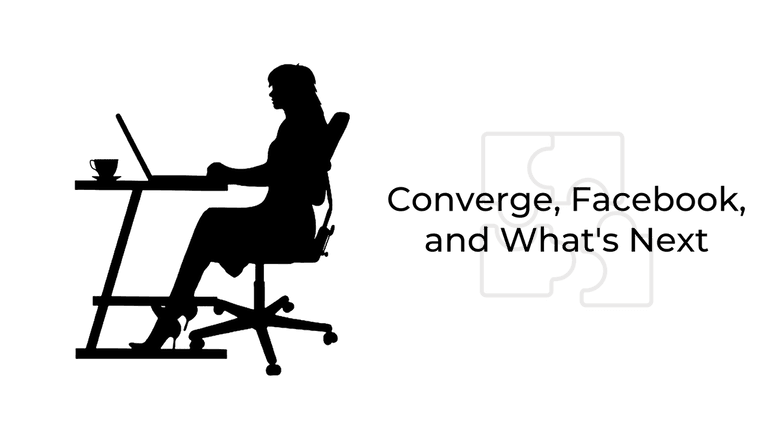
In 2020, Bhasin left Microsoft and her home country to move to the UK. She continued her career in product design at Converge, a London-based startup aiming to digitize construction through Internet of Things (IoT) technology. Due to the COVID-19 pandemic, Bhasin could never meet most of her coworkers in person during her short stint at the company.
“One of the things I admired about the company was how flexible they were with their approaches to problem-solving,” Bhasin said. “I got a chance to work with some hardware and software engineers, along with industrial designers, and learned what it’s like to create a synergy between [software and hardware].”
Bhasin started her new job at Facebook in June 2021, the same day this interview occurred. She said she hopes to start developing her leadership skills at her new workplace.
“I think I’m at the point now where I can start coaching myself as a design leader,” she said. “I would like to increase my appetite for making bolder decisions and being brave … In the near future, accessible design principles are something that I would definitely want to introduce more in my work.”
Nowadays, Bhasin doesn’t particularly see herself leaving the product design field anytime soon.
“I definitely enjoy [product design] day in and day out; I don’t see myself moving,” Bhasin said. “But, I would like to eventually take some time off to teach, maybe as a guest lecturer.”
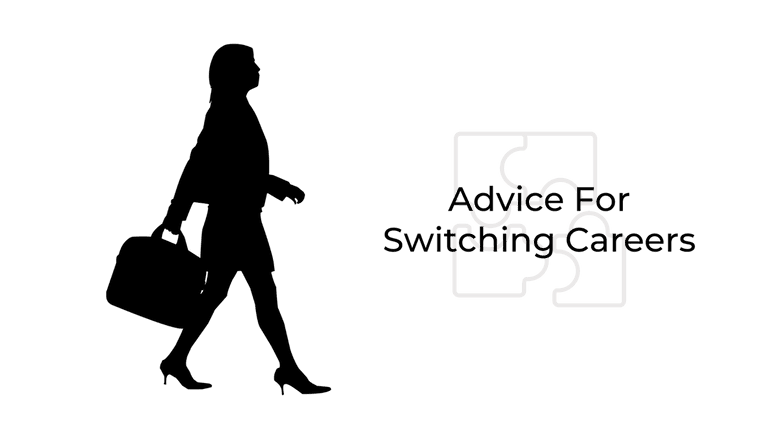
Now that Bhasin has successfully transitioned into her new career, she has some quick tips for those thinking about switching disciplines.
Take time off to deeply think about this decision, if possible.
“I didn’t have the luxury to do so, but maybe if I would have had time off and disconnected from everything, I might have made some decisions differently, which could have led to more growth.”
Solidify your reasoning for switching careers.
“Really ask yourself, ‘why do you want to switch careers?’ Back when I was switching, I considered applying for a simultaneous Master’s and Ph.D. I had the blessing of having a conversation with somebody who was pursuing a Ph.D. at the time, and he asked me some questions to make me introspect. He rightly concluded ‘You’re probably not ready for a doctoral degree. You’re looking for something in a Ph.D. that you won’t find.’"
Don’t switch careers at the cost of taking out a big loan.
“Switching careers is stressful enough. You don’t want extra financial debt on top of that.”
Small steps. Take on a short-term internship, if possible.
“Of course, internships are not easy to come by. But if you find some kind of apprenticeship or internship in the kind of role or company you want to work in, apply with your best foot forward. It will give you great insight about your next career, its pros and cons.”
Talk to people who are doing what you want to do and send cold emails.
“Back then, I didn’t have as much awareness about the power of networking as people do today. Sign up for getting mentored and reach out to those who inspire you. Don’t be afraid of rejection. Whatever cold emails you send to people … remember that these are individuals who are probably busy … So if you’re getting 10 minutes of their time, have a clear set of questions that you want to have answered. Do not go with a blank slate and expect people to solve your life’s problems.”
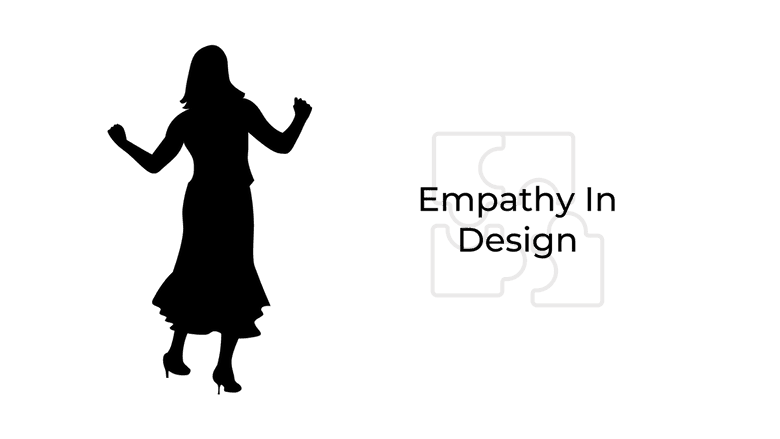
Overall, Bhasin said she enjoyed the journey of pursuing product design because it made her a better person.
“As a designer, you have to practice empathy, you have to be open, you have to learn to support your arguments with facts, and feedback is to be embraced,” Bhasin said. “When you do these things for eight to nine hours every day at work, it automatically becomes part of your personality, and you become proud of the person that you’re becoming. It feeds your character.”
You can find out more about Mitali Bhasin at mitalibhasin.com.
The information provided herein is for general informational purposes only and is not intended to provide tax, legal, or investment advice and should not be construed as an offer to sell, a solicitation of an offer to buy, or a recommendation of any security by Candor, its employees and affiliates, or any third-party. Any expressions of opinion or assumptions are for illustrative purposes only and are subject to change without notice. Past performance is not a guarantee of future results and the opinions presented herein should not be viewed as an indicator of future performance. Investing in securities involves risk. Loss of principal is possible.
Third-party data has been obtained from sources we believe to be reliable; however, its accuracy, completeness, or reliability cannot be guaranteed. Candor does not receive compensation to promote or discuss any particular Company; however, Candor, its employees and affiliates, and/or its clients may hold positions in securities of the Companies discussed.
